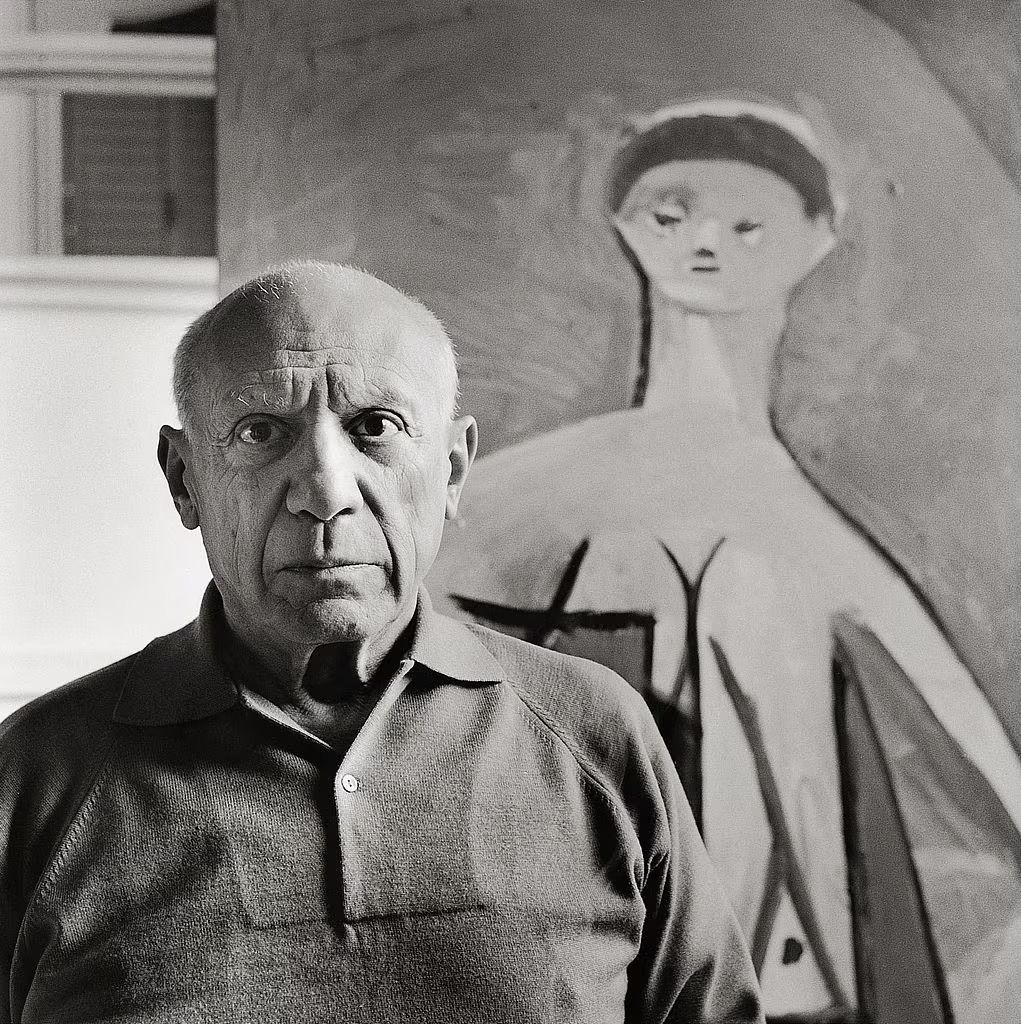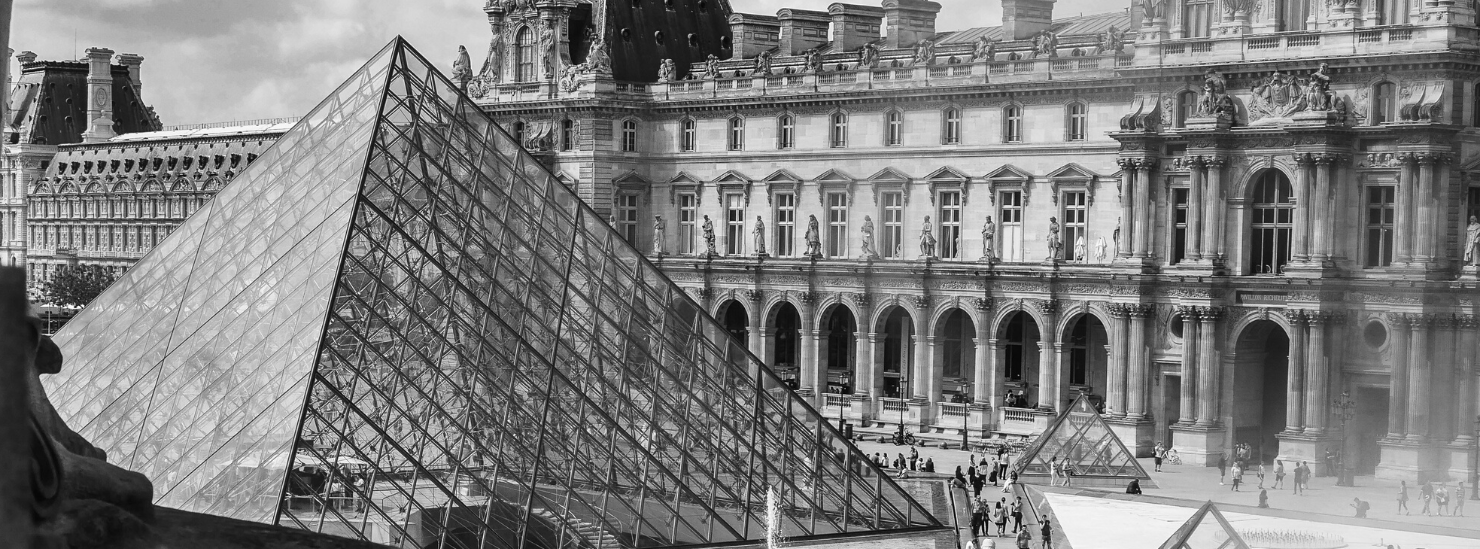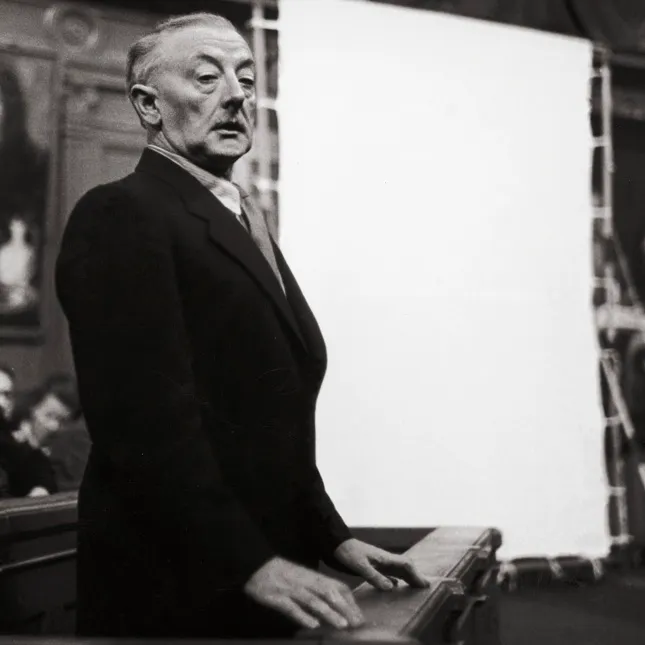
Few figures in the world of art are as enigmatic and controversial as Han van Meegeren. This Dutch artist and master forger is best known for his astonishingly convincing forgeries of works by the celebrated Dutch Golden Age painter Johannes Vermeer. Van Meegeren’s story is a captivating mix of artistic genius, deception, and a dramatic courtroom confession that left the art world reeling.
The Path to Forgery
Born in 1889, Han van Meegeren was a talented artist in his own right. However, he struggled to gain the recognition he believed he deserved. Frustrated by the lack of acclaim for his own work, van Meegeren decided to take a different path—one that would ultimately bring him both infamy and grudging admiration.
Van Meegeren began studying the techniques of the Old Masters, particularly Vermeer, whose delicate brushwork and use of light had captivated art lovers for centuries. Through meticulous research and practice, van Meegeren developed a method to replicate Vermeer’s style with astonishing accuracy. He used authentic 17th-century materials and even created his own paints to match those used by Vermeer.
The Forgeries Unveiled
In the 1930s, van Meegeren’s forgeries began to make their way into the art market. His most famous work, “The Supper at Emmaus,” was hailed as a lost masterpiece by Vermeer and sold to the Boijmans Van Beuningen Museum in Rotterdam for a staggering sum. Art experts and critics were convinced of its authenticity, praising van Meegeren’s work as a major discovery.
Over the next few years, van Meegeren continued to create and sell forgeries attributed to Vermeer and other Dutch masters. His success was staggering, and his works were exhibited in prestigious galleries and museums. Van Meegeren’s ability to deceive the art world was nothing short of extraordinary.

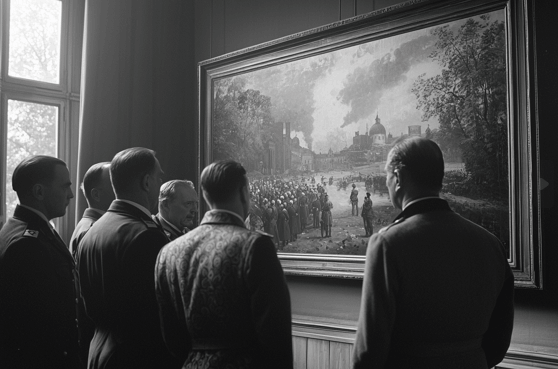
The Great Confession
Van Meegeren’s undoing came during World War II. After the war, a painting attributed to Vermeer was found in the possession of Hermann Göring, the notorious Nazi leader. The Dutch authorities launched an investigation, leading to van Meegeren’s arrest in 1945 on charges of collaborating with the enemy by selling a Dutch national treasure to the Nazis.
Facing severe punishment, van Meegeren made a shocking confession—he admitted that the painting, along with several others attributed to Vermeer, was a forgery. To prove his claim, he agreed to paint another “Vermeer” while under police supervision. The result was “Jesus Among the Doctors,” a work that convincingly demonstrated his unparalleled skill as a forger.
Legacy and Impact
Van Meegeren’s trial captivated the public and the art world alike. His confession and the subsequent trial revealed the extent of his deception and highlighted the vulnerability of the art market to forgeries. Van Meegeren was ultimately convicted of forgery and sentenced to one year in prison, but he passed away shortly after his conviction in 1947.
Today, Han van Meegeren remains a fascinating figure in art history. His forgeries, while fraudulent, are also admired for their technical brilliance and the audacity of their creation. Van Meegeren’s story serves as a cautionary tale about the potential for deception in the art world and the challenges of authenticating historical works.
The tale of Han van Meegeren is a testament to the power of artistic skill and the lengths to which individuals might go in their quest for recognition. It is a story of ingenuity, deception, and the enduring fascination with the mystery of art. As the art world continues to grapple with issues of authenticity and provenance, the legacy of van Meegeren’s forgeries reminds us of the complexities and intrigues that lie beneath the surface of great works of art.
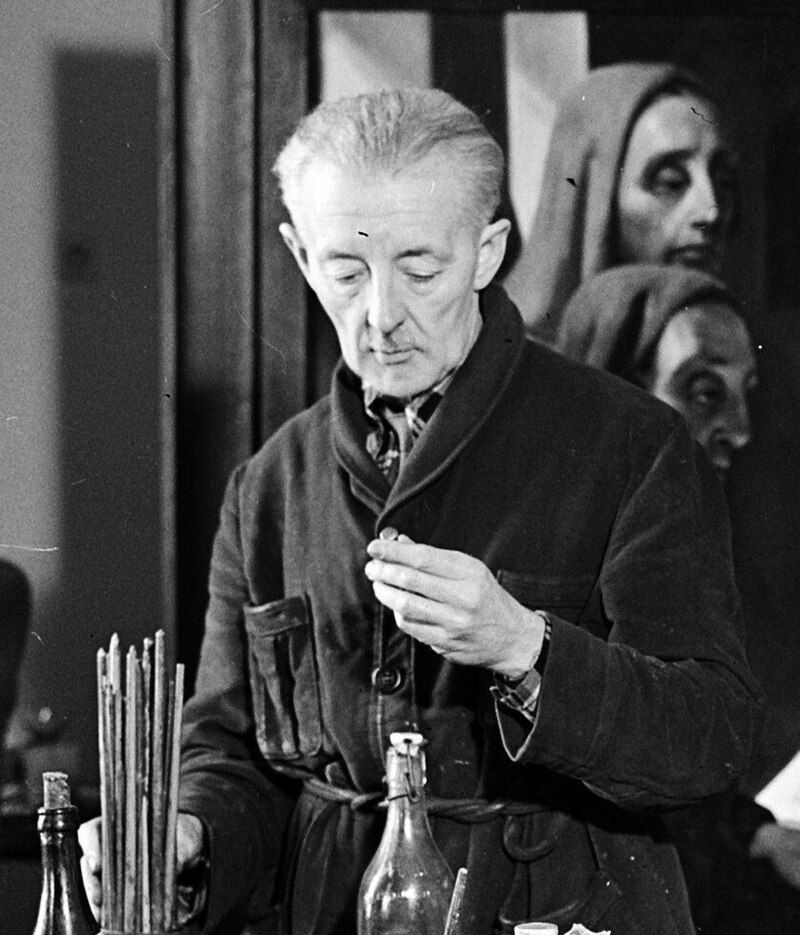
For further reading on this intriguing story, check out these sources:


